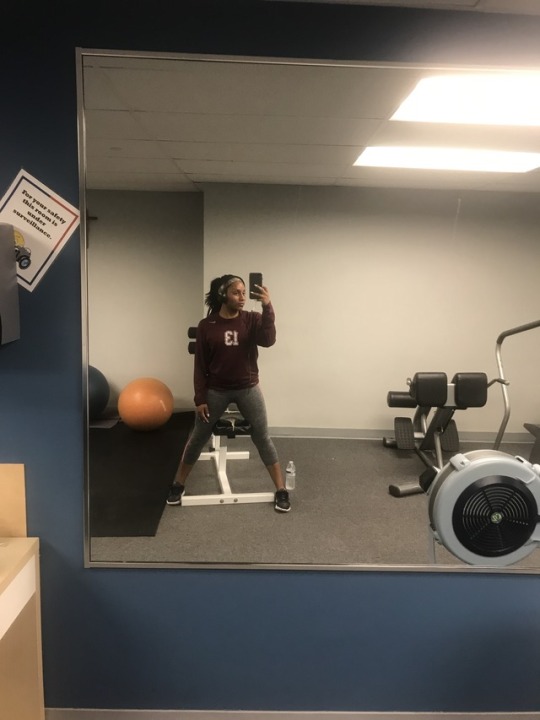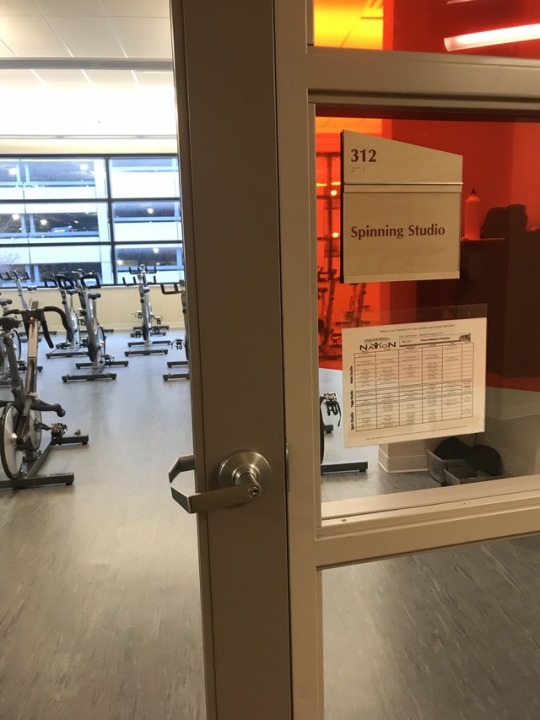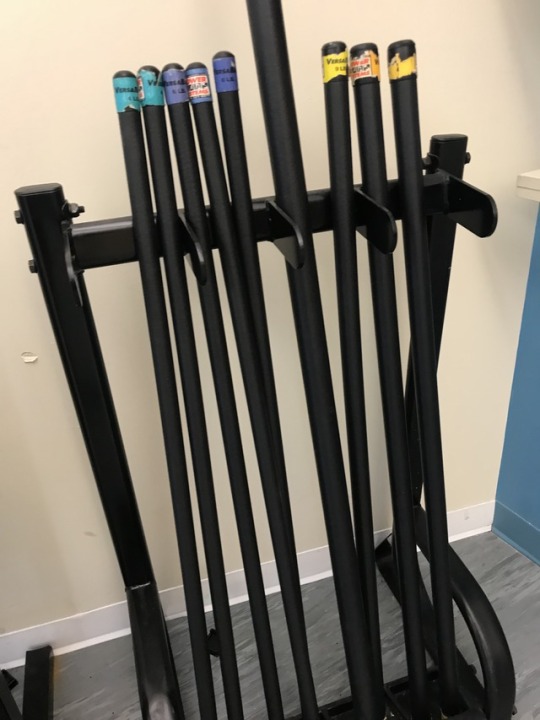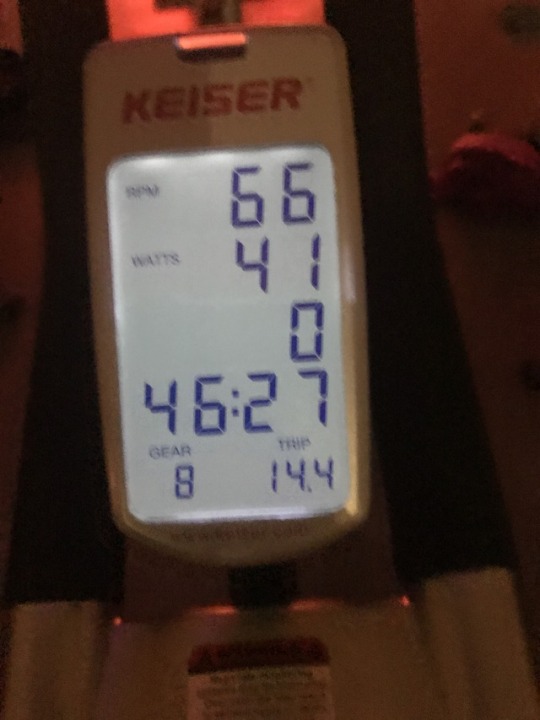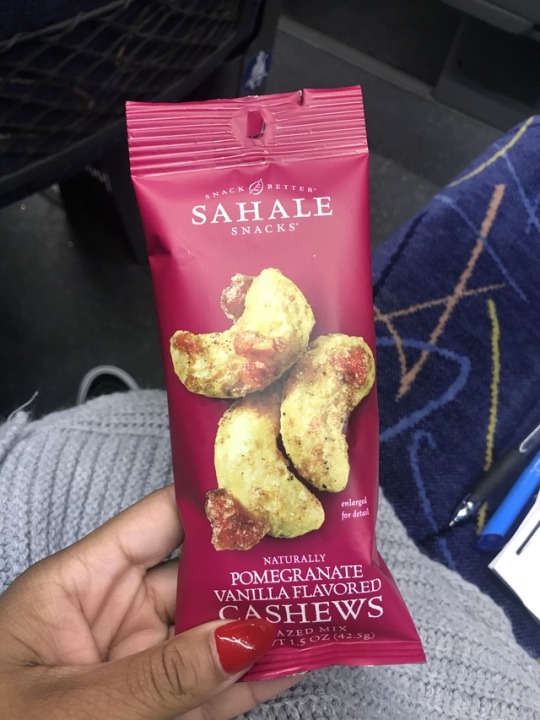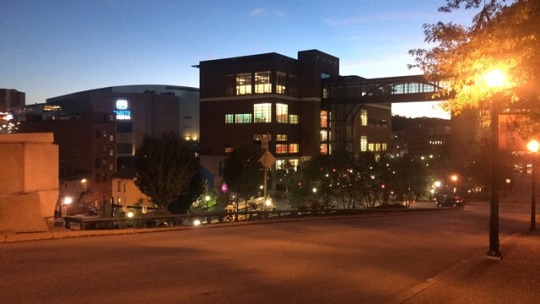Don't wanna be here? Send us removal request.
Photo
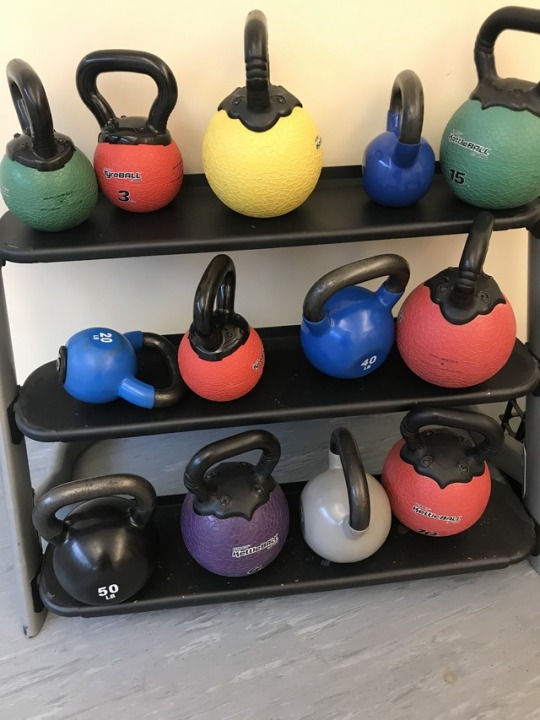
Dumb bells! Mostly targeted to my Maximus gluteus!
0 notes
Photo
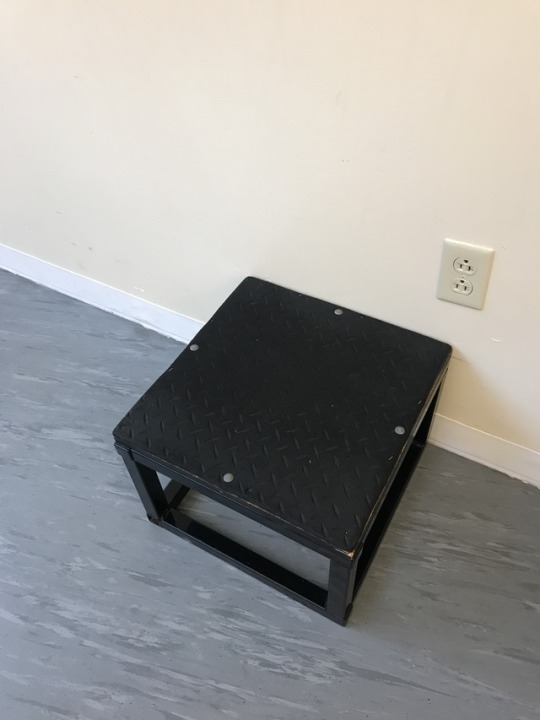
Also to build leg and back muscles. I would step on this stool with the bar and lift each leg!
0 notes
Photo
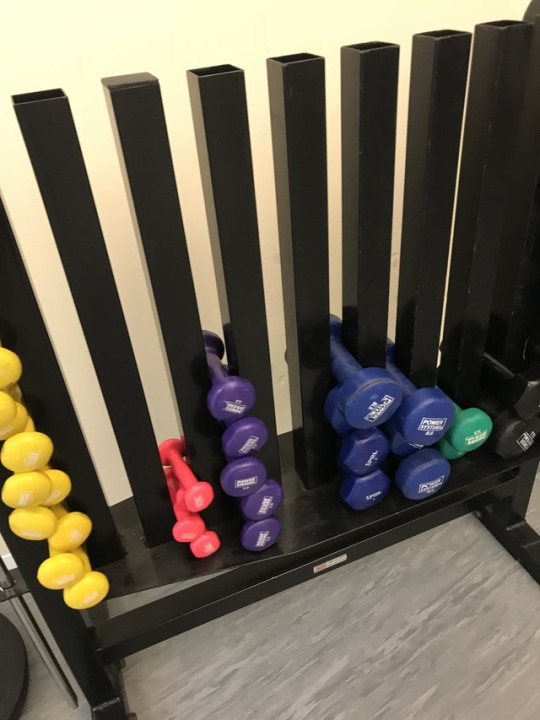
With the various weights, I did mutual workouts with these. Mainly to work my arm muscle!
0 notes
Text
Part 4. Reflection
In class, this semester we learned about not only technology as a whole, but on a personal level I learned about myself and the effect that social media has on individuals. When going through the leisure activity I began to realize the effect that social media has on us as a whole. Just how technology have evolved in the world, is the same as cycling and how it evolved. We now have these cycling bikes that provide your heart rate, speed, and rpm. Back then the bikes did not provide that information as it does in today’s world. I was able to cycle without having distractions from music, text messages, facetime, and all the other media. I noticed that we are truly at odds with human nature and what it has to offer us. We are so caught up in technology and trying to fit in with it, that we don’t take a look at ourselves and see how we as humans are advancing and growing personally as a society. During my time, I was able to focus on Essence, my health and what made me happy. With social media and always being so tied up on my phone and trying to stay in the loop; I began to lose myself. I was so caught up in trying to look like the next Instagram model, have a perfect body, and starve myself so I can lose weight. Social media takes a toll on people and I do believe that it is the devil because it’s not good for you. People get so hooked on what’s going on the internet, that they lose sight of themselves and what makes them happy. Crawford even goes to show how our crisis currently of attentions is superficially the result of digital technology.
Just how today we have the cars that are no keys push the start, it’s kind of like that in the sense with the bicycle. In order to view your heart rate, see how fast you’re going, you must first start peddling the bike to get the results of what you are doing. It in a sense disengages you from the full experience. Before I use to just ride my bike for the fun of it and now when I do that I am constantly worried about hitting a certain speed level, and trying to keep my rpm as high as possible. It basically facilitates an experience as one’s own will unconditioned and intervene between the intention and the realization. In the end things are designed to foster disengagement. As humans, we all want recognition when we do something good. Crawford comes in to discuss the idea of what we want, and when we want the recognition. To me, I know when I’m working out and eating healthy, I feels even better to hear it from someone else that you look good, or you look like you have been working out a lot. It just makes you feel that you’re doing something right, but when I really think about it you should not look for or want recognition from anyone to feel good about yourself. Who is Instagram, or the model on Instagram that has 1,000 likes and her body is perfect, to say you look good or that you are working harder than the next person? The only validation I should look for or want should be in myself and what I think. Individualism. Knowing the worth of myself, what Essence feels, and not caring what the next person thinks about in regard to my weight, my diet, or how I choose to workout.
When Crawford talks about autonomy heteronomy distinction, I agree that everything located outside of our head is a threat to self because it makes you question things. Just how I talked about looking like the Instagram model that has the perfect body. It made me question well is my body good enough, what am I doing wrong that she is so fit and I work out all the time. We live in a world where everything has been named by our predecessors and because of that we are thrown into it and we just take the meanings of things from what others have made it to be. We live in a society where a “beautiful” women know has to have a flat stomach, big booty and chest. Beauty to me is not that at all because that is just something physical to look at. It’s about how you treat people, being kind, loving and caring for not just yourself but others. Not too go off on a limb, but that’s what society views are beauty now and it’s not real.
With cycling I tried not to listen to music as much, but the instructor sometimes played it to give us something to focus on instead of how tired we were. In the end, the music definitely was hopeful but then I thought back to the digital detox and that experience. With the music playing I was having a tough time also trying to put pressure or strength on my abs and gluteus more. After practicing so much, I was able to target those specific areas with cycling once I got zoned in.
0 notes
Text
Part 3. Document Journal
When first starting the assignment, I had been working out but not doing as much cycling as I wanted to. Due to this leisure activity, I was able to push myself mentally, and physically because this is something I’ve been meaning to do for a while. I did not know all of the tools, and knowledge I would need. At the beginning, it was extremely hard for me to cycle due to the fact that I did not know I needed to have a breathing pattern. I had to keep stopping during the middle of the class, as well as take breaks because I kept getting super tired. It’s just like anything else that is new to you, it takes time, energy as well as determination to do what you have to do. After that I began to change my diet, which required me drinking more protein shakes, eating fish only, and adding lighter healthy snacks.
With having a better diet and learning how to control my breathing I was able to begin cycling the correct way. It’s one of those thigs that doesn’t come easy at first. I started at the beginner level of cycling, and as the month went by I was able to finish in the expert level where the cycling was super intense. I ended up losing 15 pounds total from cycling which in the end also made me more confident in my body figure, as well as mentally and emotionally. After cycling I felt great, something I have never felt before. It was kind of hard doing all the classes because they would typically fall on my busiest days which are Tuesday and Thursday, so I had to push myself to go to every class that I could. With going through this process, I realized you can do anything you out your mind too. If you would have asked me to do this a year ago, I would have made many excuses but it made me come to a realization that I was capable of doing this as well as many other things in my life.
I ended up getting so involved in the activity, I brought all the proper gear I needed as well as protein shakes, and snacks. When you have a healthy diet, and workout that is when you notice the best results. Before I used to just workout, eat any food, and not drink protein which is why I was not seeing results. I was able to talk to the instructor about how to be proficient in cycling, and she have me many tips on what I had to do. I took advantage of what she told me and because of her, and being my mentor in that sense I was able to excel. Cycling is not one of those sports you can just jump into and see results right away. It takes not only time, but also patience as well as determination to not give up. It was tough because my legs were not used to working that hard, and so quickly. But like any other thing, you just have to push through it.
Now I do cycling on the regular, with a healthier diet as well. Not going to say that I don’t eat unhealthy sometimes, but when I do I notice the difference in my performance. I am more tired, and out of breath, which is expected when I am not following the needed diet. So, when I do not follow my diet, I basically make up for it in the end. Even with following the proper diet, that was a struggle for me. Growing up all I ate was chicken, fried food, and a bunch of unhealthy snacks. Trying to break away from that was a trial that I had to break away from which was extremely tough. But since I was able to do that, it made my progress better overall in the long run. I can look back and say this leisure activity that I chose was a success, but also came with things that was a struggle for me.
0 notes
Text
Part 2. Controversies
To start, the use of performance-enhancing drugs is considered to be widespread in cycling especially after the Tour de France in 1988 which resulted in the expulsion of one of the leading teams at the time known as the “Festina team”. The rider who won the Giro d’Italia the previous year was a threat to the eventual winner Bernard Hinault. He had taken a drug known as amphetamines to help him win the race, and in dope control Pollentier tried to a team-mate’s urine through a tube contraption that was hidden under his armpit.
For starters, of course people would jump on trains and so forth so they could win the race. In 1911, a man by the name of Paul Duboc was lying in second place when all of a sudden, he had collapsed, and was vomiting on the side of the road. The illness he had was due to a drink he had that was spiked. It’s mostly believed that his main competitor Gustave Garrigou had did the dirt. On the other hand, in the Tour de France in 1947, a man by the name of Jean Robic was not doing as great as his other components. Robic would take bottles from his team car just before climbing the hill to give him extra weight when he would go downhill. For the 1953 tour he took place in, the bottles were not just filled with water, but they were filled with lead. This in the end gave him extra speed for the races. The second time he used these bottles, which was in 1953 he had crashed and eventually had to stop racing.
Many professional teams and individual riders employ doctors to administer drugs that are difficult to detect such as the drug known as erythropoietin. This is a hormone that acts to increase the level of red blood cells and therefore the flow of oxygen to muscles. The UCI checks riders for their level of red bloods cells in their blood, and with the limit of 50 percent, and 55 for riders from high altitude regions. Anything that goes above the required levels is guaranteed and automatic two-year suspension.
It had emerged team medics have given riders in the race legal but injections that were questionable, of a liquid food substance known as “Intralipid”, whose legitimate uses include feeding comatose patients. Whatever came from the syringes was contaminated, which cause the cyclist to go down in a feverish heap. Bosses of the teams denied drugs were involved, even citing salmonella. It was alleged he had supplied steroids. EOP as well as other drugs to riders on a vast scale.
In the year of 2002, Raimondas Rumsas finished his race coming in third overall. While at the same time he was celebrating hundreds of miles away from the tunnel his wife was arrested at, the officers had found enhancing drugs, as well as a general doping equipment in her car. His wife was held by police for 75 days, which took him some time to return back to help his wife. He claimed the products were meant for his mother in law which could have not been the case when Raimondas test came back positive for erythropoietin. Eventually him and his wife was given a fourth month suspended prison sentence for importing prohibited substances.
In 2003, a man by the name of Tyler Hamilton became an outsider after testing positive for a foreign blood transfusion at the Tour of pain. This was not the first time he has been detected carrying someone else’s cells. During the Olympic time trial gold, he had shown two blood types but got off on a testing technicality. His reliance on “Blood Bags” proved his downfall. During his final comeback, Hamilton failed another drug test due to a depression medicament, and eventually wrote a book, with the moral of the story being the truth will set you free.
In 2006, Floyd Landis had lost eight minutes in his first race, and by the second one he came back better than ever by riding past all of his rivals in an incredible, unbelievable way. With a major doping investigation going on known as “Operation Puerto” going on in the background, you would think that no one would be dumb enough to do a ride the way Landis had done in the biggest race in the world, but he did. In Paris, a few days later he had won the race overall, but then a couple of days later news had emerged that Landis failed a dope test.
With going through the many different controversies that took place with cycling and its components, it is evident that the use of drugs has been a major thing during the racing events. Of course, no one is just willingly going to admit to using drugs to a race because they would therefore be disqualified as well as the use of drugs being illegal especially when competing in world races. With that being said, this is the biggest controversies along with roadsides trying to create space for bikers, and having to create signs and so forth.
In most cases, the cycle paths have been constructed so bicycles could be prohibited from the main roadways. Most people would say it is safer to use the road space for parking instead of these pathways for the bicycles. In my opinion, I see that it is better for the road to have pathways for bicycles due to the fact that it would be way too hard to cycle on the sidewalk where people are constantly walking at a slower pace, and bikes also take up space. With sharing the road with automobiles, it is safer for them to have their own lane to ride in as well as they can follow the signals used for automobiles whereas if they are on the sidewalk you have to worry about slowing down because of people walking, being in the way of other and so forth. Overall it is best for bikers to be on the road with automobiles as they are the same in the sense as speed. The side path system may work for slower cyclist, but they will not work for cyclist using faster bicycle types. You also have to consider the people that also are running, and working out on the sidewalk as well. With having bicycle lanes, it just makes everything less complicated and easier to maneuver around.
0 notes
Text
Part 1. History of the leisure activity
With my leisure activity, I chose to do cycling due to the fact that I typically workout on a regular basis, but cycling is something I have struggle with in the past and wanted to potentially get better at. Cycling is the use of a bicycle for sports, transportation, and recreational reasons. Bicycles in general have come a long way since the first wooden bike that was created in the 18th century. Bikes went from being something primarily used by the rich people to being a common form of transportation to get around. They went from being uncomfortable to ride on, to know being an everyday use that is comfortable, having gears, and screens that’s tell you how many miles you did, the time, your heart rate, and so forth. Bikes now today are used in a cycling class, instructed by someone in the form of a great workout for individuals.
The first bike was designed in the 19th century in Europe. Previously known as “swiftwalkers”, they were just made of wood which you can image would be extremely uncomfortable compared to the advanced bikes we have today. The first pedal cycle was created in Scotland, where is was designed to ride 140 miles with an average speed of eight miles per hour. Despite the bike being prone to accidents, it was also popular. The first chain driven bike was introduced in 1874 by a man of the name H.J. Lawson. It became easier to stop and more stable than previous bikes that were created. With the pedals being so close to the ground, people’s feet would end up muddy which was criticized. In 1888, the man by the name of J.B. Dunlop created tires that were filled with air, making it faster and comfortable. By the following year, bikes become an efficient mode of transportation.
The sport of cycling consists of amateur races as well as professional one’s which are typically held in the United States, Asia, and Europe. Cycling as a sport originated in 1868, with a 1,200-meter race between the fountains and park of Saint-Cloud near Paris. The road racing of cycling became very common in the continental of Europe, and in England the conditions of the roads made it difficult and unsuitable which resulted in the sport being focused on the track and/or time trials.
In the United States, the first race was held in the month of May 1878 in Boston Massachusetts which was two years after professional baseball began and thirteen before basketball was invented. Mostly all of the American racing was on tracks, and by the 1890s there was over one hundred cement, wood, and dirt tracks around the world but primarily in bigger cities. It ranged from Boston all the way to San Francisco on the west coast. Cycling received the highest publicity in 1899 when one of the cyclers by the name of Charles Murphy road on a wooden track know as Long Island rail road train in which he did a mile in less than a minute, earning the nickname of ‘Mile a minute Murphy”. Eventually as the races got longer in time and popularity it started to decrease in the United States, but continued to grow in larger places such as Italy, France, Germany, and Belgium.
In the 1900s, there was a twenty-one-day long race that took place in France every year from that date, except when WW1 and WW2 happened. It is typically held in July. Today, the three-week tour “Giro d’Italia takes place in Italy, “Vuelta A España” takes place in Spain during the month of September, and the “Giro” is held in the months of May and June. Lastly, the world championship taking place in the month of October with the prizes being around $2.5 million in the Tour de France alone. Until the late 1920s, European road racing was under the sponsorship of bicycling manufactures when the national and regional teams were introduced. The professional road racing season now starts in January with the races in Australia and Malaysia races taking place from February through October in Europe and the United States, and then closes, again in Asia, in November and December. The season typically runs for about 120 days of competition which spreads to about eight months.
In the mid 20th century, cycling began to decline in the United States due to the Depression that took place. Racing declined in England during the 20th century as well with the beginning of the automobile. Track and road races were held in 1896 at the first Olympic games where women later entered the races in the 1980s. The Atlanta games was the first Olympic games at which professionals were allowed to enter the road races as well as the time trial competitions.
Overall, the sport is administered by the Union Cycliste Internationale (UCI) which is grounded in Switzerland where men as well as women are able to compete based on age groups starting at 12 years old. When the World Championship comes around, amateurs are not separated, but it is divided into groups based off of those who are under 23, and those over that age. During the season, the competition has time trials which can be team events or individual events. The distance for the races can vary between 124 to 175 miles for the professional racers, and 87 to 124 miles for beginners. The track racing events consist of point races, sprint, pursuit, Keirin and many others. The most popular sport in Japan is known as Keirin due to the fact that betting in the Country of Japan is legal.
Cycling as a recreation became about right after racing did which in the end brought male and female together. With women having assets it become pretty chaotic when they had to wear cycling attire and due to that, women’s attire had become less restrictive and enveloping. Recreational cycling in modern times have become a foundation in fitness campaigns, especially in the United States where more than 65 million people are said to ride on the regular and 6 million people who use bicycles to commute to work, stores, etc. Touring which is also known as cyclotourism has increased worldwide, and because of this bicycle pathways have been created on many city streets and in national parks. In the United States, more than 10,000 miles of railroads that have been abandoned have been remade into bicycle pathways.
Since bicycles have been created for transportation as well, the beginning of automobiles declined the growth of cycling in some areas. For places such as China and Southeast Asia, the bicycle still remains a popular form of transportation as well as Africa and many other European nations where people mostly travel by bicycle. People as well as city planners in the 1990s began to question the use of automobiles in urban life, and some people that observed this blamed the issue on suburban areas in countries such as the United States. People in the U.S. are the reason for the rise of automobile based designs as well as planning.
Cycling is more than just a form of exercising, whereas it can also help with fatigue. As stated above, the material used in bicycle manufacturing have changed significantly. The modern bikes are unrecognizable from the wood and iron bikes of the old days. Despite the technological changes in the manufacturing of the bikes and design, the engine that drives the bike which is your body is the same and riding too fast or for too long will result in fatigue. Cycling is predominately an aerobic activity, so if you ride too fast then your body is unable to take in the sufficient amount of oxygen and will result in the incomplete breakdown of carbohydrates in an oxygen free environment. During cycling, one’s body uses two fuels which are fat and carbohydrate. If glycogen becomes depleted then your muscles will become fatigued and only recover after proper rest and the needed nutrition. With cyclist, they call this bonking when the depletion of muscle glycogen stores as hitting the wall. You can minimize the depletion of glycogen as well as fatigue by taking in the proper amount of carbohydrates before and after cycling.
Driving the pedals around on the bike uses your leg muscles but more specifically your hamstrings, gluteus maximus, and quadriceps. This is one of the reasons as to why I chose for my leisure activity to be cycling because of the effects it can have on a person’s body. The specific muscles it works, is what I have been trying to work on for a couple of months now. Due to the leisure activity, I have been more engaged into my workouts and the specific body parts it hits. While going through the experience, there has been an increase in my muscular endurance I’ve noticed. Now I have more resistance in my muscles and I can work for longer without getting tired.
One thing when people are working out that they struggle with is their breathing and trying to control it. Especially with cycling and the different things we do on various levels, one must have a consistent, controlled breathing or they will get tired sooner than they are supposed to. Your cardiovascular system consists of lungs, heart, blood vessel and is responsible for taking in, utilizing and transporting oxygen. If you have a weak cardiovascular fitness, then your muscles will not receive the oxygen that is required for prolonged exercise activity. You will in the end have to slow down, or even stop cycling until you catch your breath, which may take some time. I know from previously doing cycling, I had a very poor cardiovascular system which made me hate cycling because I would start to lose breathe quickly and my chest would start to hurt because of my breathing pattern. Heart and lung capacity both effect your cycling performance, and the better your cardiovascular system is, the less fatigue you will experience.
0 notes
Video
tumblr
First cycling class where they turned the lights off
0 notes
Video
tumblr
When you friends gets you to do ab workouts after cycling
0 notes
